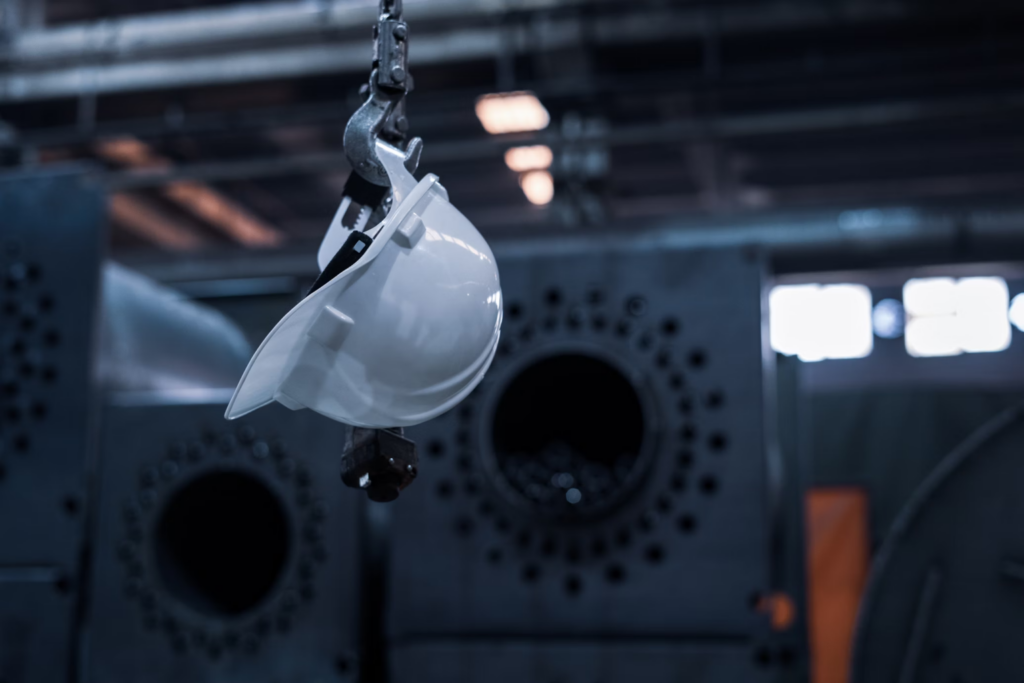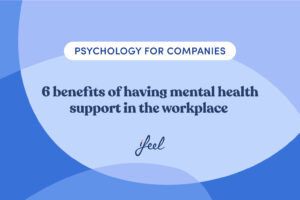Content
ToggleThe role of the Health and Safety Manager has expanded far beyond its traditional associations with high-risk industries like construction or manufacturing. Increasingly, this position is integral to Human Resources (HR) departments across various sectors, including corporate offices, healthcare, education, and tech. These professionals ensure compliance with safety regulations and a workplace culture of health and well-being.
For decision-makers and HR leaders, understanding the full scope of this role is key to fostering a safe, productive, and engaged workforce.

Health and Safety Managers: A key component of HR
While Health and Safety Managers have long been associated with industries requiring heavy physical labor or high-risk environments, their presence is just as crucial in office settings and other corporate environments. HR leaders, in particular, recognise that this role is increasingly necessary to manage both physical and mental well-being at work. Here’s how Health and Safety Managers function as part of HR:
| Area of focus | Role of Health and Safety Manager |
|---|---|
| Employee well-being | Work closely with HR to create programs that support employee well-being, including mental health initiatives, ergonomic workspace design, and stress management resources. |
| Compliance with workplace safety regulations | Ensure compliance with local and national safety laws, including fire safety, workstation ergonomics, and employee training on safety procedures in desk-based environments. |
| Risk management and prevention | Collaborate with HR to perform risk assessments for both physical and mental health risks, ensuring a holistic approach to employee safety. |

The role of Health and Safety Managers in global corporations
For global corporations, Health and Safety Managers play an even more complex role. They must ensure compliance with safety standards across multiple countries, each with its own set of laws and regulations. This global focus requires deep expertise in both international safety standards and country-specific regulations.
Managing Health and Safety Across Borders
In multinational organisations, Health and Safety Managers work as part of HR teams to standardise safety protocols across various regions while ensuring that local compliance requirements are met. Here are some key responsibilities they manage on a global scale:
- International compliance: Health and Safety Managers must navigate a complex web of regulations that differ from country to country. For example, a corporation with offices in the U.S., Europe, and Asia will need to ensure compliance with OSHA regulations in the U.S., the EU’s Framework Directive on Safety and Health at Work, and local laws such as China’s Work Safety Law or Japan’s Industrial Safety and Health Law.
- Global standards for workplace safety: Many global corporations follow international standards such as the ISO 45001 (the international standard for Occupational Health and Safety Management Systems), which helps create a unified approach to managing health and safety risks. Health and Safety Managers play a critical role in implementing and maintaining these standards while adapting them to local contexts.
- Cross-cultural considerations: Health and Safety Managers in global corporations must account for different cultural attitudes toward workplace safety. For instance, the perception of mental health risks may vary across regions, requiring tailored approaches to ensure safety programs resonate with employees globally.
Join the global leading solution in mental well-being
Key takeaways for HR leaders
- Health and Safety Managers are crucial in HR, ensuring that physical and mental employee well-being is prioritised across all industries.
- Their role expands beyond compliance into holistic well-being programs that can significantly impact employee engagement, retention, and productivity.
- In global corporations, Health and Safety Managers play a vital role in ensuring compliance with international and local safety regulations while standardising safety protocols across regions.
- Collaborating with HR is essential for fostering a workplace culture prioritising health and safety while aligning with broader business goals.
- Investing in a strong health and safety strategy can be a powerful tool for attracting and retaining talent in today’s competitive labor market.
Caring for mental well-being in organisations
At ifeel, we know that the Health and Safety Manager plays an essential role in protecting workers and ensuring compliance with health and safety regulations in the workplace.
To support companies in this process, our team of expert workplace well-being psychologists has created a mental well-being solution for businesses that improves talent retention, reduces presenteeism, and combats employee stress.
With our mental well-being solution, your company’s HR managers can receive personalised, data-driven advice on improving mental health at work. In addition, this solution offers employees a 360° mental well-being service structured at different levels according to their needs. Try our solution now to see how it could help you.
There more! Check out our interview with ifeel’s Head of HR, Beatriz Julián Almarcegui, who discusses the latest trends in HR and well-being and the challenges faced as an HR Manager.
We hope you found this article about having a Health and Safety Manager at work interesting. If you would like more information about our mental well-being solution for companies, simply request it, and we will contact your team as soon as possible.












